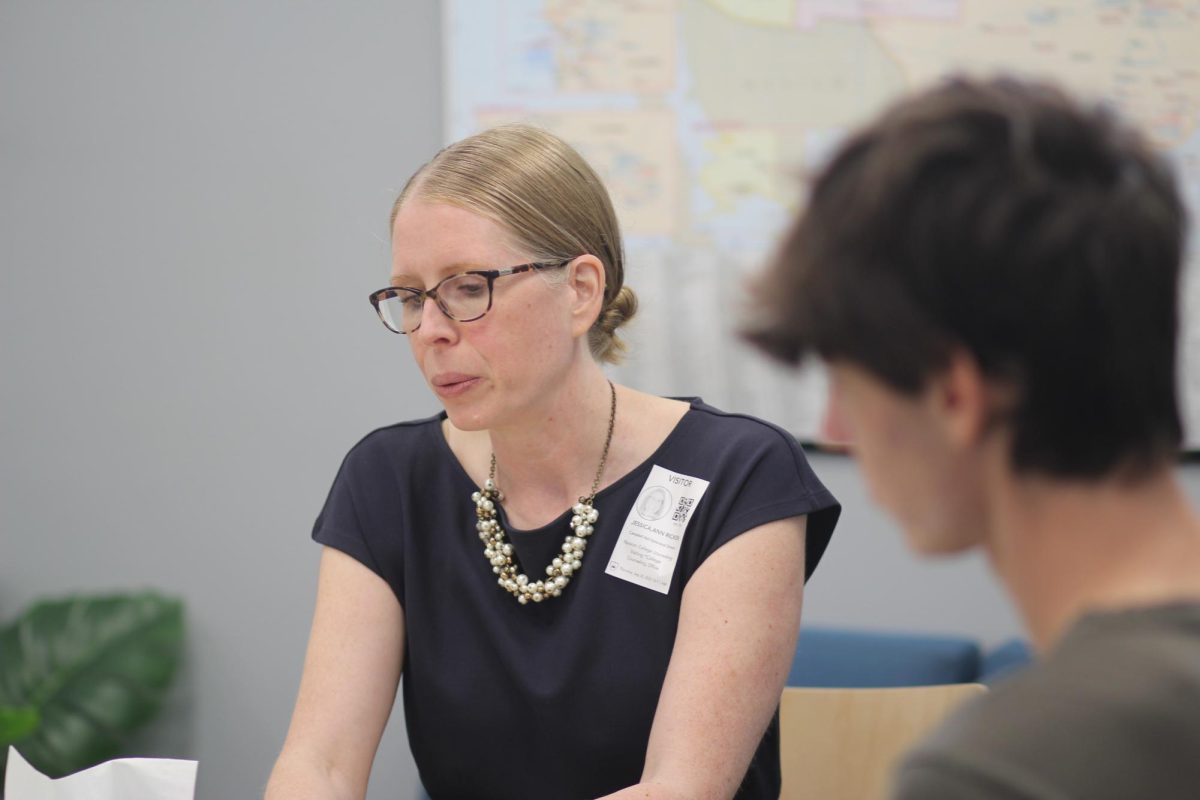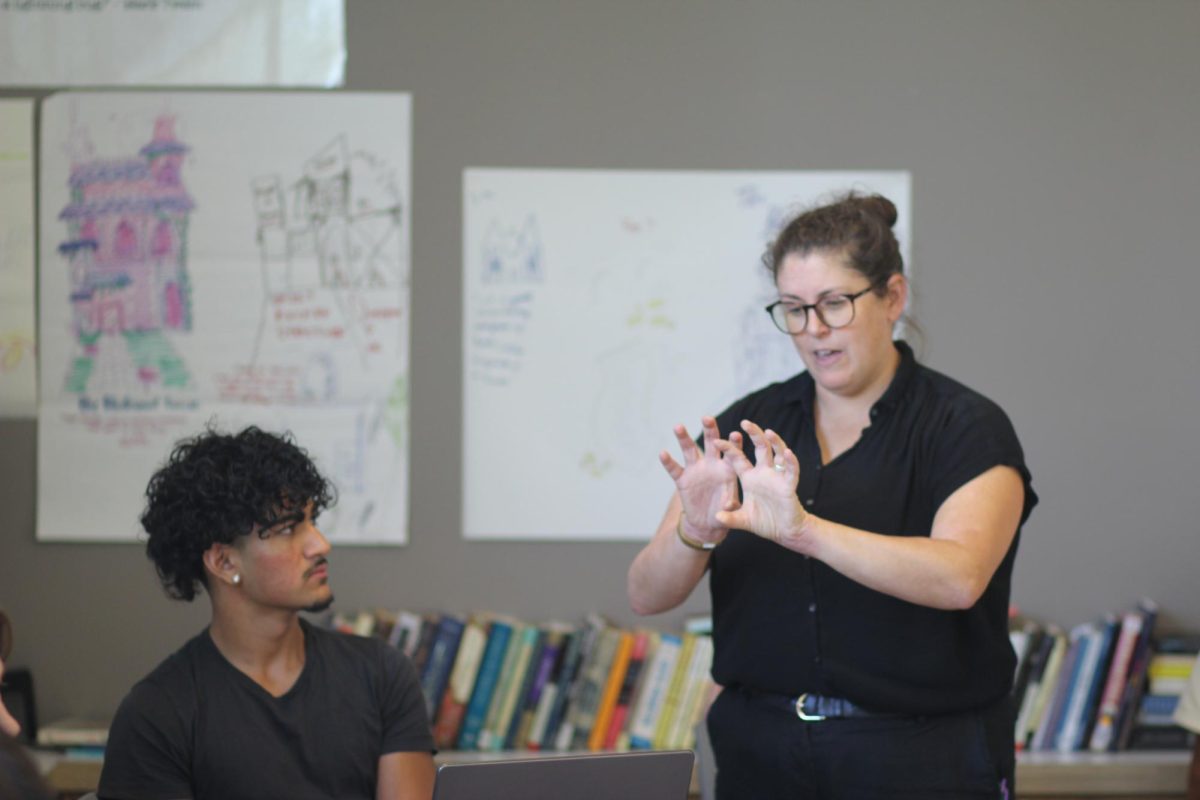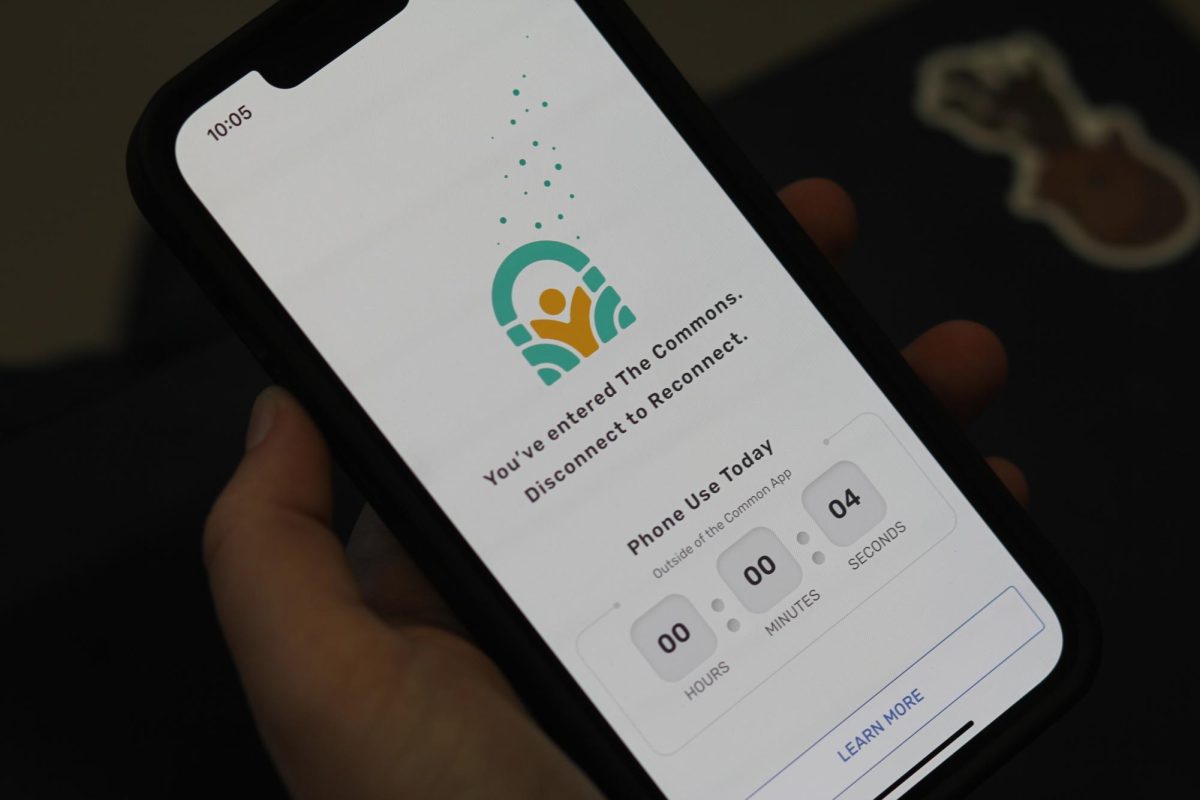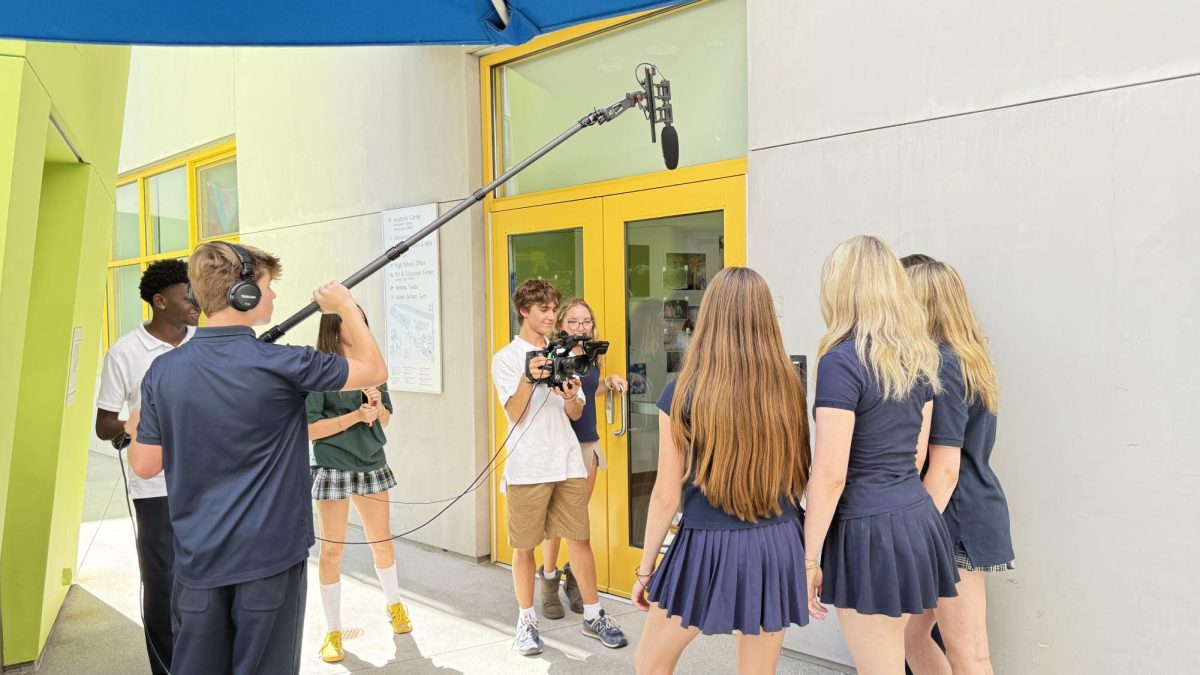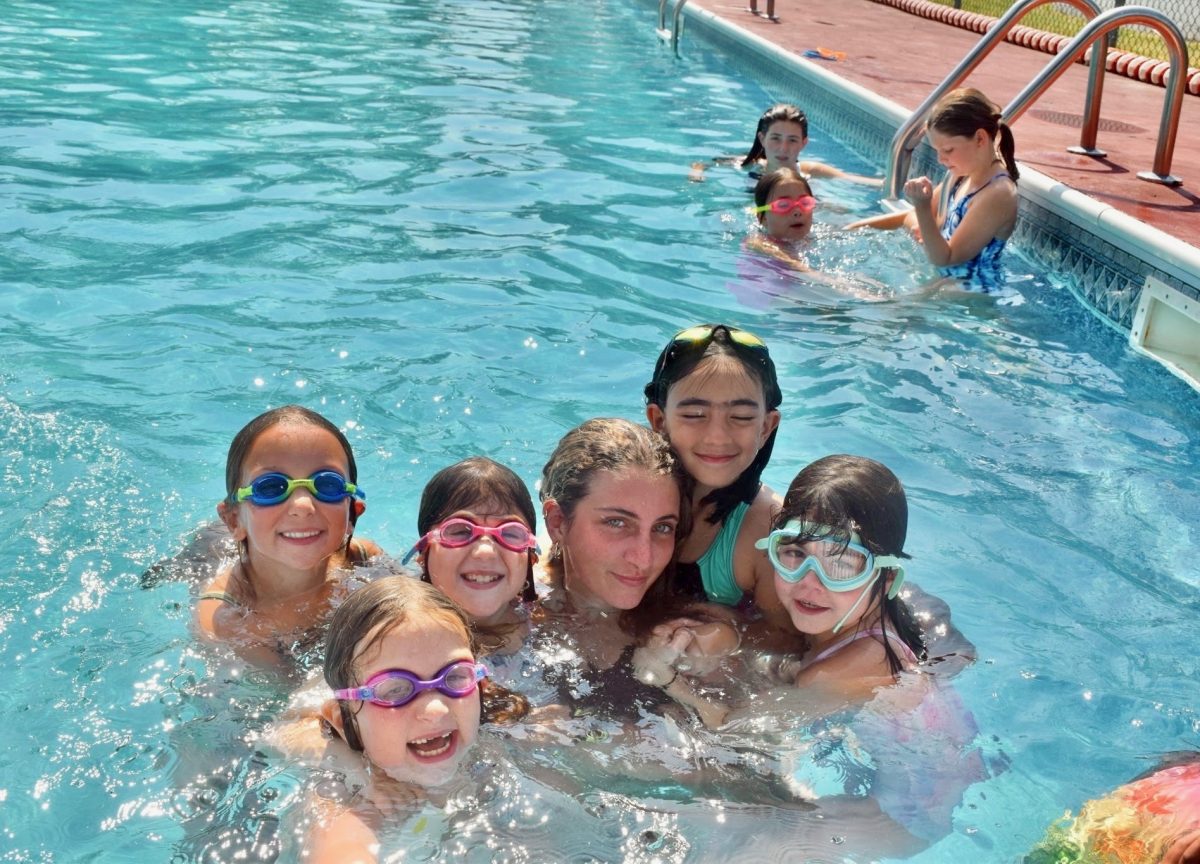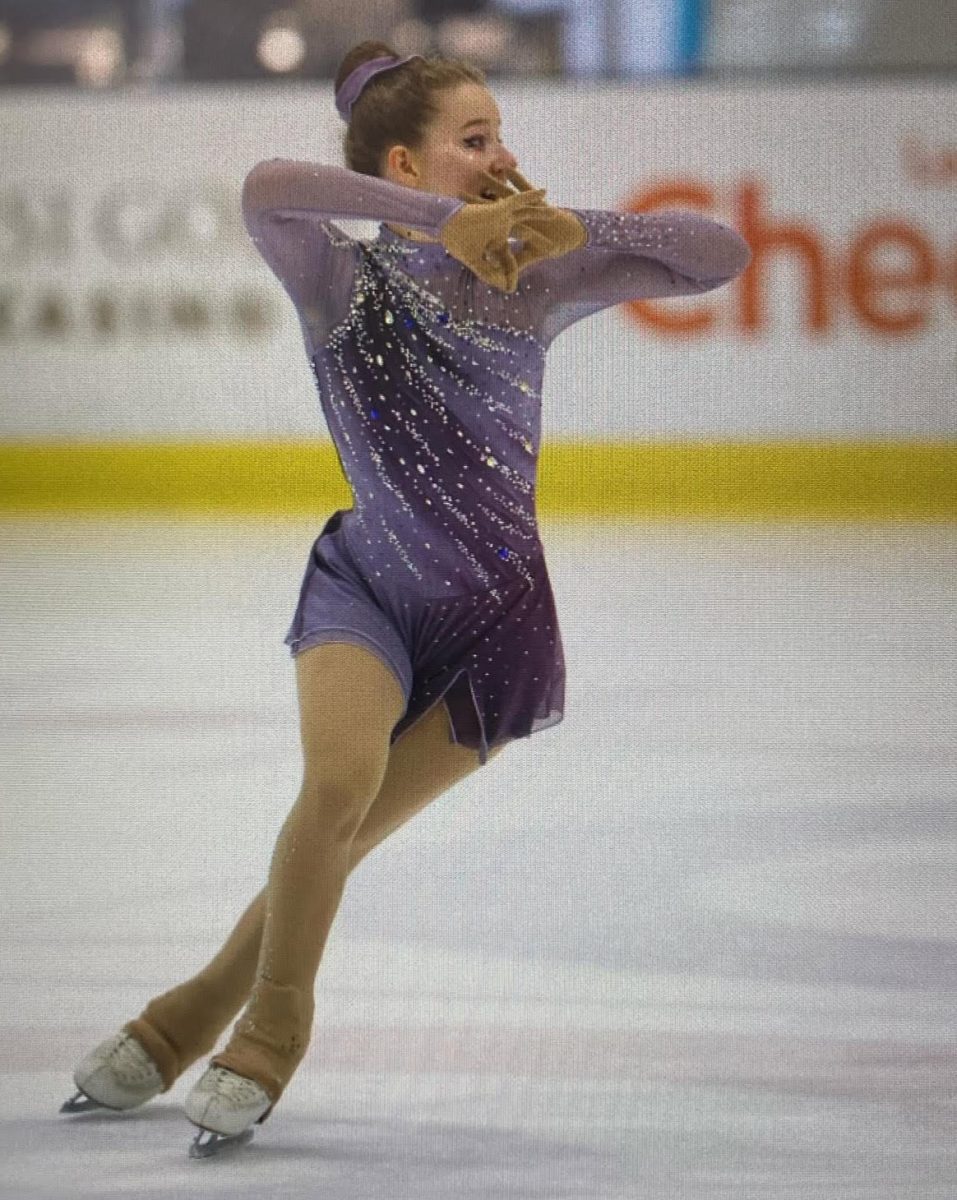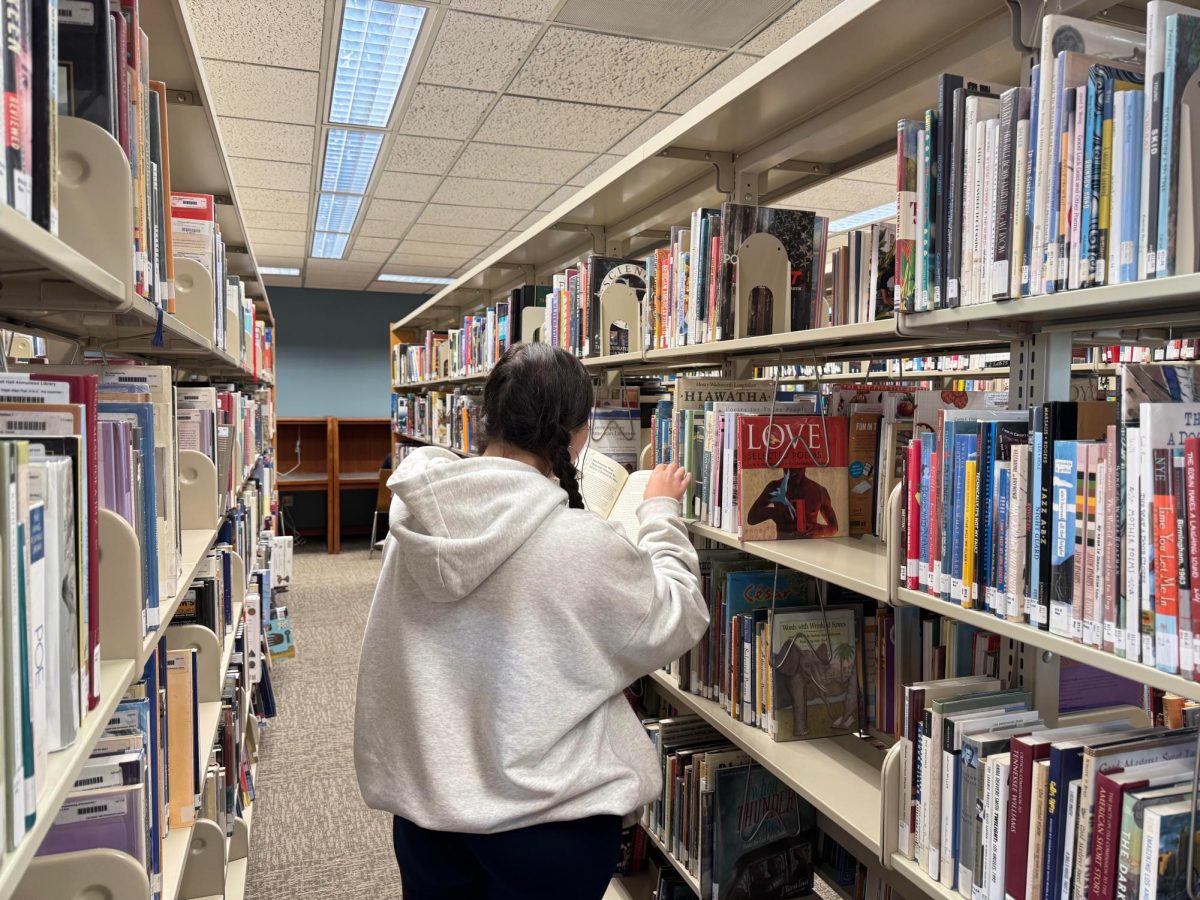
Excitement, art and discovery. An annual event, the art history trip allows students to make unique memories across Europe. Students visited museums filled with the artwork they had been learning about, and explored the culture of the cities with their friends.
Luna J. ‘26 signed up for the art history trip eager to make unforgettable memories. Luna, who has an interest in art and museums, saw this trip as an opportunity to explore the culturally rich destinations of Italy and France for the first time while also being introduced to the subject of art history.
“I enjoyed that the homework we had during the trip was always directly related to things that we saw during the day,” Luna said. “A lot of the time [the homework] was really creative, so that made it not too difficult to have to do homework while we’re abroad, [giving us the time] to go around and experience a new country with people you’re friends with because that’s so unique.”
According to the Elon University’s Center for Engaged Learning’s website, immersive learning encourages students to act intentionally, becoming active participants in learning, rather than passive recipients. For Addison J. ‘25, the Europe art history trip did just that. Though she is not normally drawn to history, Addison entered the experience with an open-mind. Her parents encouraged her to go on the trip, recognizing that it is a once in a lifetime experience, and reminded Addison to take as much out of it as she could.
“I hoped to [embrace] the saying, ‘leave it better than you went into it,’” Addison said. “I wanted to leave [the trip] with more knowledge than I had going into it. I also wanted the chance to get to learn more about the cultures in the different cities and the variations of art. It was interesting to see the diversity of not just cultures, but the arts in general.”
Addison especially found that the real impact of the trip came from seeing the art in person after studying it beforehand. Taking advantage of what the cities had to offer, she fully immersed herself into the culture, feeling as if she and her friends were residents rather than visitors.
“It’s harder to have a lecture and look at things that you’ve never seen and most likely will never see,” Addison said. “Learning about it the week before we went on the trip and then going and seeing it in person [allowed me to] know some of the history behind it and changed my perspective on the pieces.”
Sophia H. ‘25 signed up for the trip because her older sister had gone the year before. Sophia initially had little interest in art history and was mainly looking forward to gaining new experiences with her friends. However, the hands-on exposure to art and historical sites that Sophia experienced on the trip gave her a deeper appreciation and understanding of art history than she had expected.
“[I was] learning about things I would have never thought about or think [are that] important,” Sophia said. “It was really interesting [to see] sculptures that looked really small in the classroom, but huge in person. It definitely helped keep [me] more engaged.”
Allison Shrage, Campbell Hall’s art history teacher, has been facilitating the art history trip since 2017. What initially started as a combined music and art history trip eventually evolved into the current program, featuring activities spread across Florence, Paris and Rome. Shrage believes that, while students acquire many skills over the course of the trip, one significant benefit is independence, through both the freedom and responsibility students are given during the trip. Further, she emphasizes to her students that applying their knowledge in real-world settings provides students with a richer understanding of concepts and historical art.
“It’s fun to be able to recognize things that you’ve learned,” Shrage said. “We all feel a sense of accomplishment when we find out that we’ve actually learned something and we can use that knowledge. So I think that’s exciting, and that’s always been a part of the experience in my classes. [Going to] Europe and going on field trips where students will run up to artworks that they recognize and go, “I actually know something about that. I know what motivated the creation of this particular world” is [really great] to see.”


